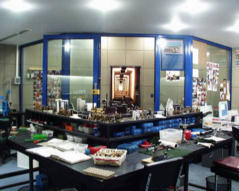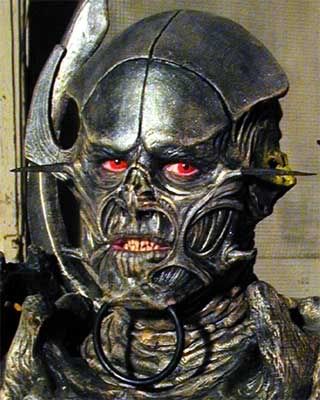

 The Accurate Reloading Forums
The Accurate Reloading Forums  THE ACCURATE RELOADING.COM FORUMS
THE ACCURATE RELOADING.COM FORUMS  Guns, Politics, Gunsmithing & Reloading
Guns, Politics, Gunsmithing & Reloading  Reloading
Reloading  Re: reaming flash holes
Re: reaming flash holesGo  | New  | Find  | Notify  | Tools  | Reply  |  |
| one of us |
I was taught to always deburr flash holes and uniform primer pockets, so always have. I have no empirical evidence this improves accuracy. George | ||
|
| one of us |
I'm pretty much in agreement with jj. So deburring flash holes and uniforming primer pockets are steps in brass prep I perform to achieve consistentcy in reloading. | |||
|
| one of us |
I debur the flash hole on everything except 38 spl and 357 Mag. I tried to determine the difference using one-half of a bag of 257 Roberts brass with and without treatment, I saw a slight improvement in extreme spread and no significant difference in accuracy. That said the worst brass I have seen for burs is 22 Hornet but I have never tested it side by side. I did not think of it until AFTER I got to thinking how much it may impact the performance but all of the brass on hand had bee deburred. The bigger bur with the MUCH reduced case capacity should have the greatest effect. | |||
|
| One of Us |
Deburring flash holes is one step performed to achieve consistentcy in reloading. Consistentcy with your components and the reloading processes will enhance accuracy...however, deburring flash holes is just one step that helps achieve consistentcy... Not sure about increasing the size of flash holes that could produce a safety issues and I would stay away from that.... Based upon my experience Sinclair produces very good tools for deburring flash holes and uniforming primer pockets...but it does require an investment of your time to do this... | |||
|
| one of us |
As someone else wrote above, I de-burr the flash holes in my brass. It's a one-time thing; you do it once, and need not do it again for the life of the case. Midway sells a tool for this for about $11. It's adjustable and can be used on any case from .22 caliber to .50 caliber. I do clean the primer pockets after every firing. Lee makes a very inexpensive tool for this -- it's double ended, one end for large primers and one for small ones. I put the thing into an electric drill, and then run it in the primer pocket of every case as part of my reloading procedure. I doubt that it improves accuracy, but it does help make the primer pockets cleaner looking by getting the powder residue out of them. | |||
|
one of us |
I deburr flash holes and uniform the pockets on some of my cartridges. I remember reading some where that enlarging flash holes is a no-no, just can`t remember who, where, or why.(longer I live the shorter my memory..  ) ) | |||
|
one of us |
I do it because I've always done it. Never been able to verify that it helps any. Some lots of Winchester cases I've used had some pretty ugly flash hole burrs, others had no burrs at all, so possibly it helped on the ugly ones. Unless your shooting something with Kelbly or Nesika Bay markings,it probably won't make any noticeable difference. JMO Covey16 | |||
|
| one of us |
It's a one time thing for the life of the brass. And I square/uniform the primer pockets. | |||
|
| Powered by Social Strata |
| Please Wait. Your request is being processed... |
|

Visit our on-line store for AR Memorabilia

